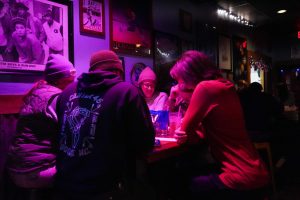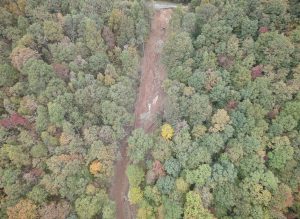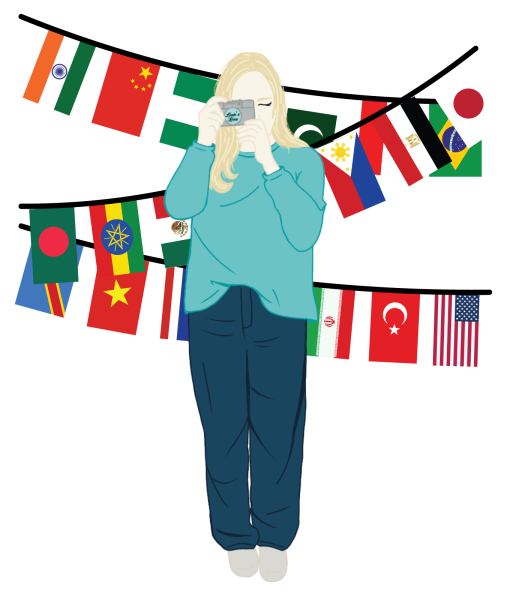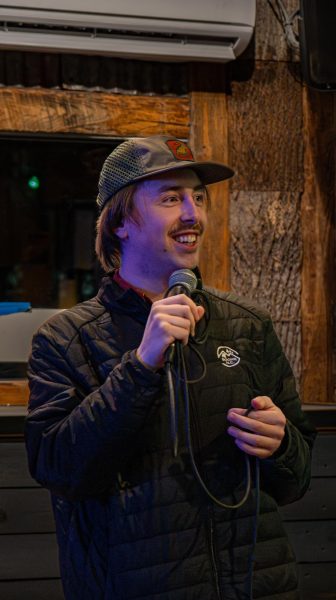International athletes adjust to life at App State
March 20, 2019
Sports are universal. Athletes come from different walks of life from all around the world, and it is no different at App State.
Out of the 18 men’s and women’s sports teams at App State, 10 of them have at least one player from outside the U.S., each having their own unique journey to Boone.
For Julian Cepeda, a junior golfer from Colombia, this journey included sending over 100 emails to college coaches across the country until he got the chance to play.
“Only a few schools answered. When Coach (Bo) Redman answered, he said I had to play a qualifier, like tryouts, for the team,” Cepeda said. “And I just said, ‘Yeah, I’m going to go and see what happens,’ and I made it.”
For tennis players Milo Bargeron, junior, and Sandra Anglesjö,sophomore, the recruiting process was much different, both using liaisons between Europe and the U.S. to find App State.
“I hired a well-known lady in my hometown, London, and she had different connections in America,” Bargeron said. “And then basically she sent my resume to those different coaches in America, and I got different offers and just chose here.”
Student-athletes are already limited in the amount of time they can spend at home, but when home is thousands of miles away, this time is cut even shorter.
“I usually just go home for Christmas because I have a tennis coaching job in New York over the summer, so I just do that for the summer and then go home for Christmas,” Bargeron said.
For a lot of international athletes, being away from home is nothing new. Cepeda left Colombia his senior year of high school to attend school in the U.S., while Anglesjö attended high school for just one year in her hometown of Norrköping, Sweden.
“I actually am kind of used to it because I went to a boarding school when I was 14, so I moved from my family at that time,”Anglesjö said.“So I stayed away from my family for like three years, and then the last year of high school, my senior year, I moved back home to then come here.”
Anglesjö described her hometown in Sweden as similar to Boone geographically, but most students from outside of the U.S. have to adjust to a different scenery.
“I felt like when I first came here everything just felt so spread out, like you have to drive everywhere,” Bargeron said. “But back home I can pretty much walk to my friend’s house or like get the bus into town. It’s so easy.“
Another adjustment for these international athletes is the difference in cuisine. Anglesjö noted a significant difference in portion sizes, the U.S. having much larger serving sizes than Sweden.
Bargeron added that the food is much more sugary and salty compared to England, saying he can’t even eat the chips here and claimed that even McDonald’s tastes better in the U.K.
Even human interaction is different in the U.S.
“I think the people are somewhat different. In Sweden, we don’t approach each other the same,” Anglesjö said. “I’ve never been approached like being in the public bathroom, like here people will say, ‘Hi how’s your day?’ and I was like, ‘I’m just going to the bathroom, why do you ask me that?’”
International athletes go through many of the same struggles that all students do. Cepeda said he got lost all of the time his first few weeks on campus, and Anglesjö said she was awkward during her first year at App State. But in most cases, they go through these normal struggles and the unique cultural ones in pursuit of an opportunity that typically isn’t offered in their home countries.
“The best part here is that at least I can combine education and tennis because that’s kind of why I’m here. We can’t do that in Sweden,” Anglesjö said.











